Table Of Contents

Introduction
We have previously explained when a conservatory requires planning permission. Today, we are tackling whether windows follow the same guidelines.
Do I need permission to replace my windows? This is a common concern for UK homeowners, and a lack of clarity around window installations could leave you confused and reluctant to upgrade your windows.
Alternatively, a lack of understanding could lead to financial penalties or the work needing to be reversed (at your expense) if the proper permissions are not obtained.
While window installations are typically covered by permitted development rights, there are some cases where planning permission may be required.
This guide will help you determine when planning permission is required and what you need to know about building regulations, before changing your windows.

What Is Planning Permission?
Planning permission is simply approval that the proposed alterations to your home (or any building) are safe, appropriate for the area, and comply with building regulations.
You can check the requirements in your area or apply for planning permission for new windows to your local planning authority (LPA) via the Government website.
You must check the rules for your property before you make any significant alterations to your windows that may contravene the official guidelines. Failure to do so could result in a fine or the changes being reversed.
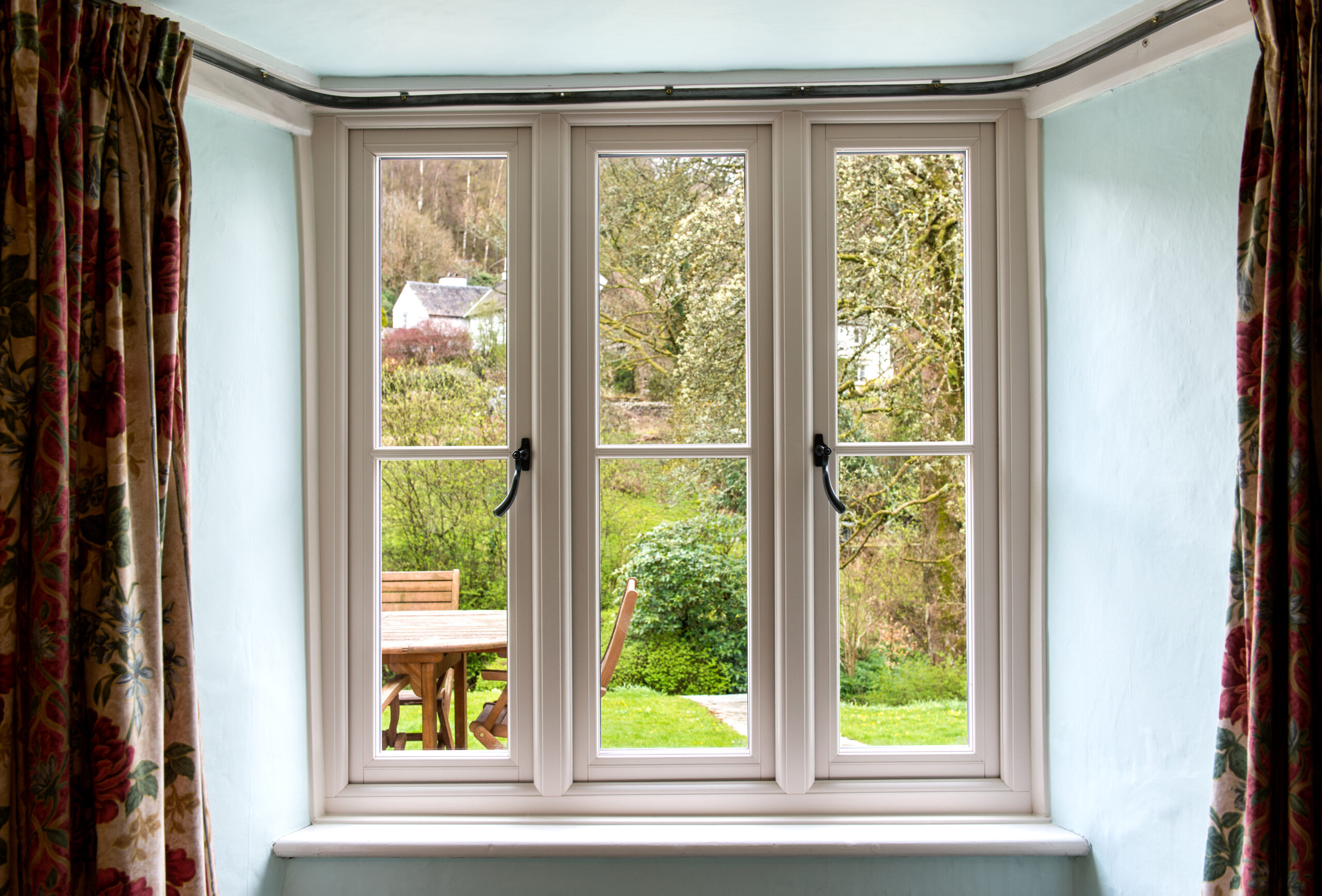
When Planning Permission is NOT Required
If you replace your windows with a similar design, size and material, you will most likely be covered by permitted development rights. PDRs allow homeowners to alter the appearance or functions of their homes without requesting formal permission.
Providing your new windows meet energy efficiency standards and comply with the latest building regulations, you should be fine.
Non-listed buildings and properties in non-conservation areas are unlikely to require planning permission, with a few notable exceptions.
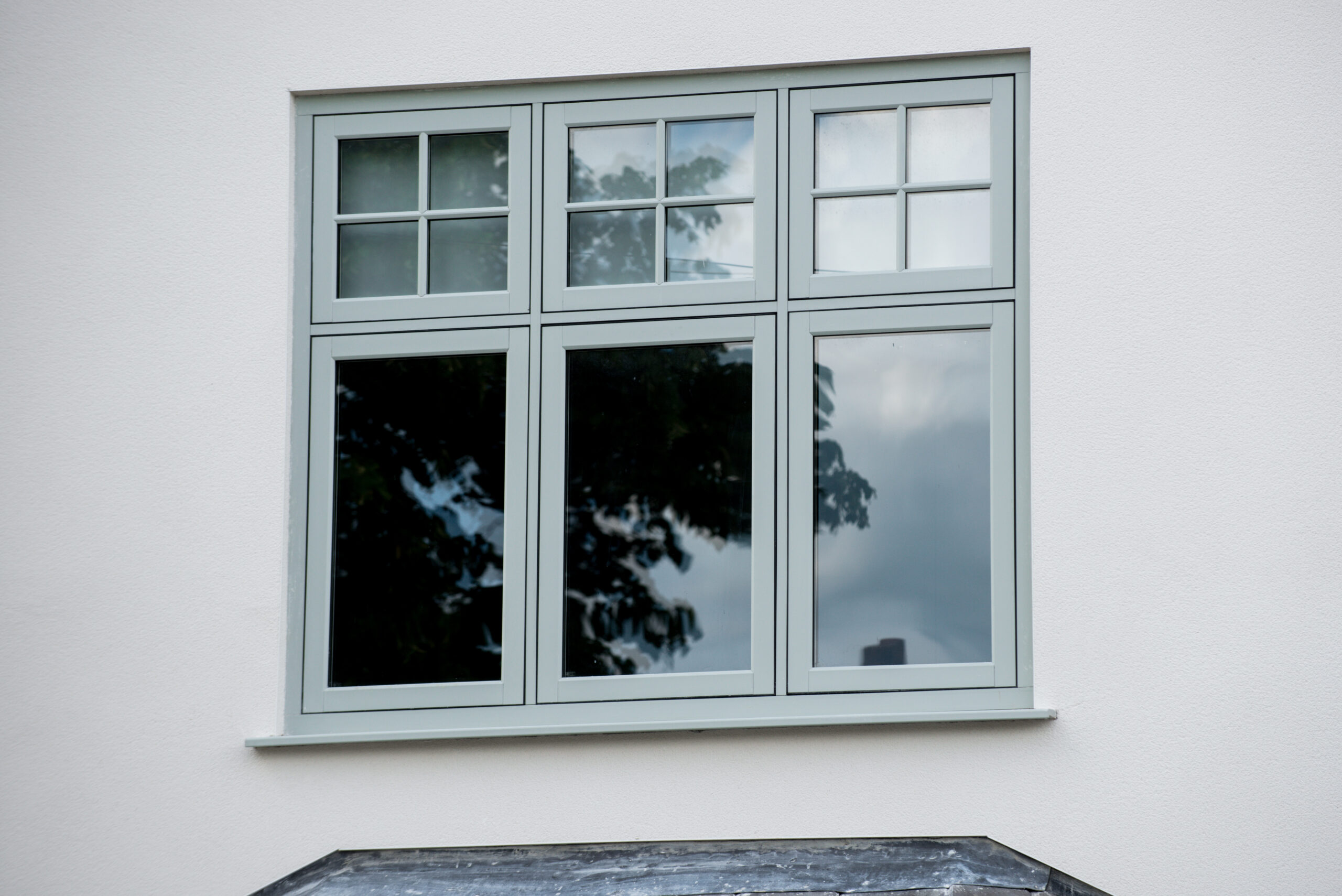
Leaseholders
Leaseholders will need to obtain permission from their landlords for any significant building work, including replacing or altering windows, but planning permission from the local authority is not typically required. Making changes without your leaseholder’s permission will likely see you forced to move.
When Planning Permission IS Required
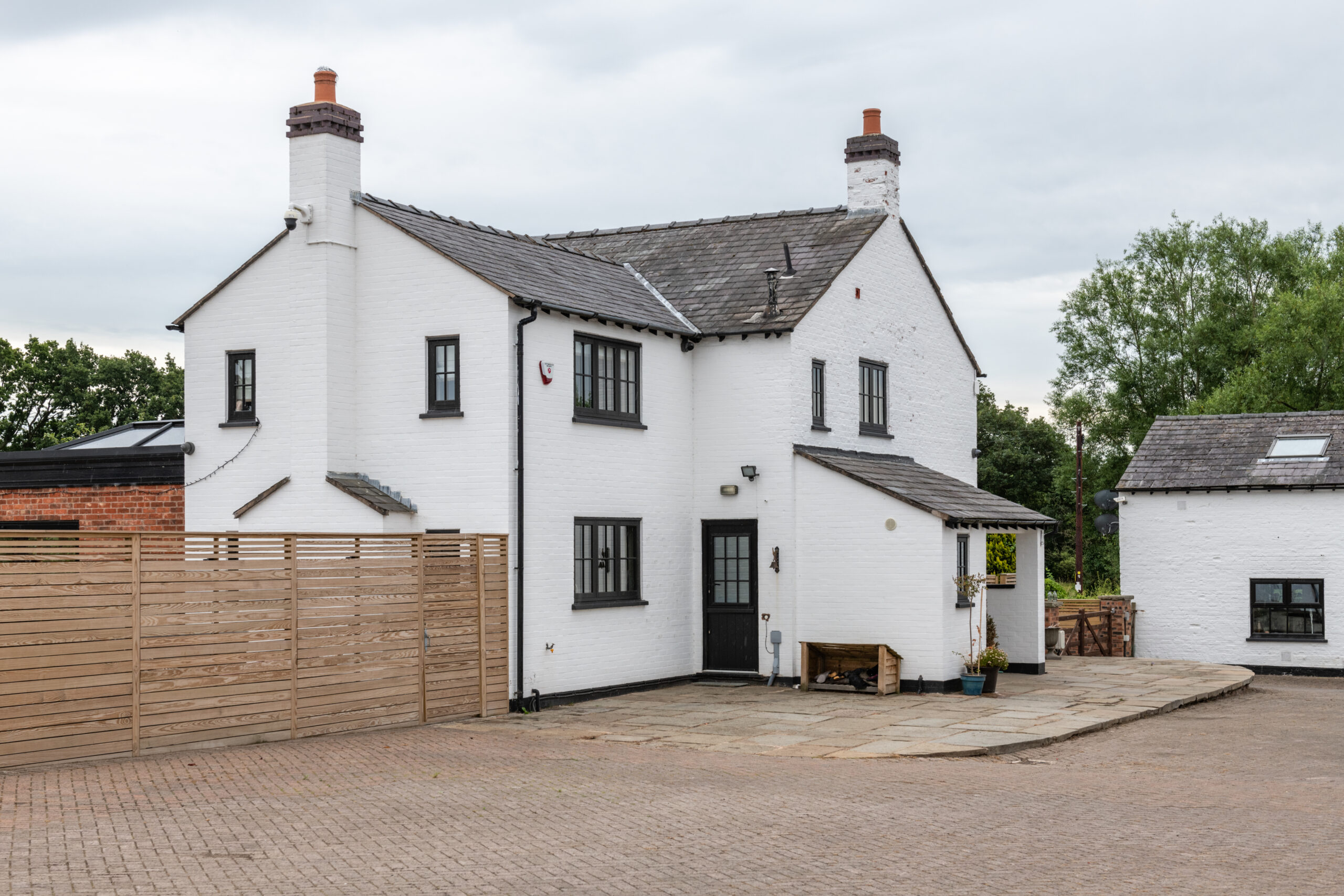
Most window replacements fall under permitted development rights, but there are some circumstances where planning permission could be required, including:
- Listed buildings
- Designated/conservation areas
- An Article 4 Direction
- Certain glazing improvements
Listed Buildings
Listed buildings have historical or architectural value and are protected by law. There are three grades, Grade I, Grade II and Grade III, with Grade I referring to buildings of the greatest historical significance. If you live in a listed building, it is most likely to be a Grade II, as 92% of all listed buildings are Grade II.
These listings can cover the entirety of the property, including extensions or attached structures but the details vary from building to building.
For example, if your listed home was built pre-1948, the attached land, called ‘curtilage’ in planning documents, is also subject to special permissions.
You can confirm if your house is a listed building by searching the English National Heritage List using your postcode.
Designated/Conservation areas
Even if your property is not a listed building, if you live in a conservation area – such as close to a national park, an area of environmental significance or a designated area with buildings of historical/architectural importance, you may need planning permission to alter the appearance of your home.
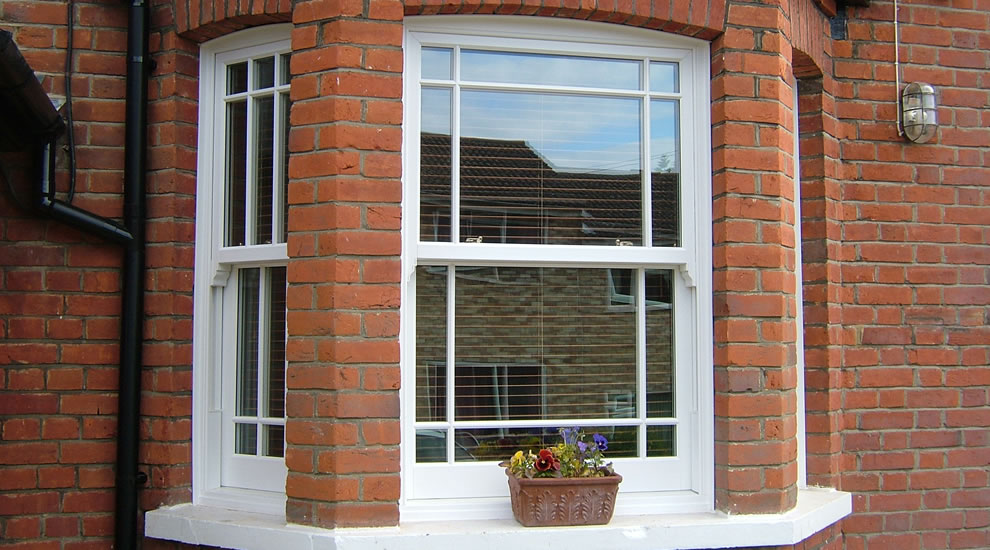
An Article 4 Direction
There could be an Article 4 Direction on your home. Part of the Town and Country Planning Act, an Article 4 Direction enables local authorities to restrict or withdraw permitted development rights on certain buildings in specific areas. This is usually used for houses in multiple occupations (HMOs) or when a change of use occurs – such as a home to a B&B. However, it is always best to contact your local authority to check there is no Article 4 Direction on your property.
If you are replacing windows with windows of a different size, shape, and material you may need planning permission. Likewise, if your new windows will overlook your neighbours. Even if your current neighbour does not object, approval may be required with future neighbours’ privacy and comfort in mind.
Certain glazing improvements
The following glazing improvements may also require planning permission:
- Fitting a bay window
- Installing a roof light or skylight that extends higher than the roof’s highest point or 150mm or more beyond the slope of your roof
Fitting an upper-floor side elevation window less than 1.7 meters above floor level, without obscure glazing that can open
Do bay windows require planning permission?
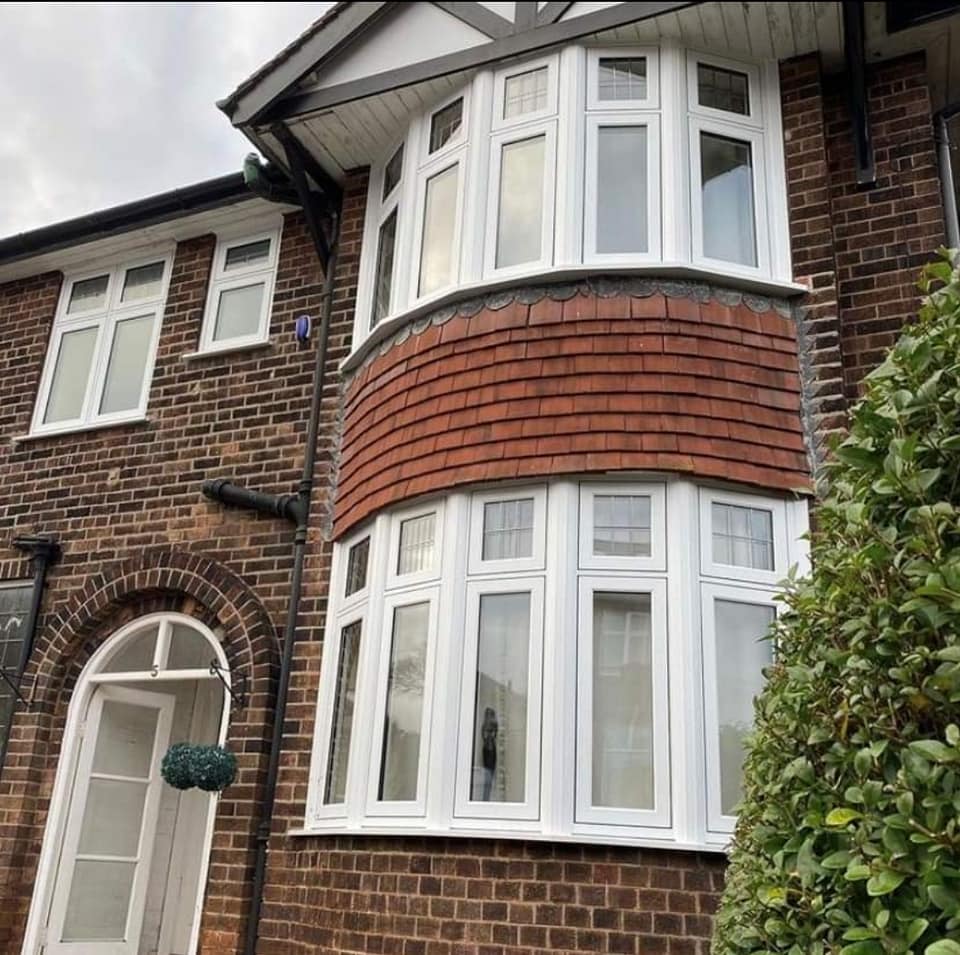
Bay windows are different, as they are considered an extension of the property and are not necessarily covered by permitted development rights. Installing a new bay window or significantly altering one may require planning permission. This is particularly true if the alterations increase your floor space. If the changes are small and don’t significantly alter the size or appearance of your window, it may fall under permitted development rights. As always, it’s best to notify your local authority ahead of time to ensure you have the correct permissions in place before work begins.
Planning Permission for Listed Buildings and Conservation Areas
Living in a building with historical significance means you must maintain the style, character and condition. It is forbidden to alter the appearance or historical integrity of a listed building. This includes using contemporary designs and materials, eg replacing timber sash windows with a basic UPVC casement unit may not be allowed.
Making changes to a listed building without permission is a crime and can land you a hefty fine or up to two years in prison. You will also be forced to reverse the changes at your expense, and potentially charged for additional work to restore the building’s former appearance.
Similarly, conservation area window regulations will differ between properties and areas.

Building Regulations for Windows
Building Regulations are a set of rules that ensure your home complies with safety and energy-efficiency guidelines. If your building does not comply with building regulations, you face prosecution from the Magistrates’ Court.
The building regulations about windows include:
- Safety glazing must be fitted in case of accidents.
- All windows must meet the minimum U-value (1.4W/m2k) for thermal heat retention.
- Window ventilation and mechanical fans are required for rooms (such as kitchens and bathrooms) with high steam production.
- Standard windows must have trickle vents for adequate ventilation.
- Fire safety requires some external windows be sealed shut to limit the spread of fire between properties.
- A replacement window can only be decreased to a size that a person can escape through, or it can be the same size. This is to cover the means of escape category; new windows follow the same ‘means of escape’ criteria.
The newest relevant building regulations can be viewed in full on the UK Government’s Planning Porta website.
Our CERTASS-accredited in-house installers can fit your new windows, ensuring they adhere to building regulations and supply you with the required compliance certificates.
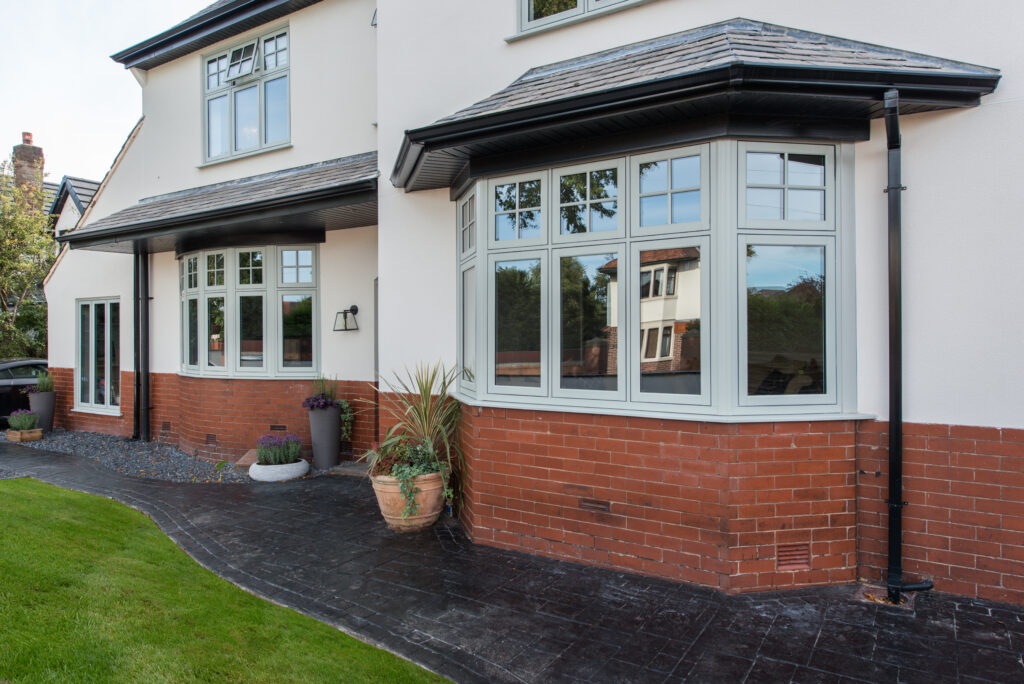
Common Myths About Planning Permission for Windows
- Double glazing always requires planning permission. – this isn’t the case.
- Your neighbours can block work that doesn’t affect them – this is false, although they will be notified of work and can request more details and have 21 days to respond. You should have a Party Wall agreement in place to prevent disputes.
- Planning permission can be refused because the work will take a long time – no, this does not impact the decision.
- Local authorities will refuse planning permission if the work will decrease the property’s value – no, this isn’t a factor. Neither is your age, health, background or status.
The Process of Applying for Planning Permission (if needed)
Applying for planning permission is much easier than it used to be thanks to the Government’s online planning portal.
- First, you need to be clear about whether your project requires planning permission, building regulations approval, or both – you can apply via one account on the website.
- Click on the appropriate section and fill in the forms. You may need to provide sketches and photographs.
What Happens if You Don’t Get Planning Permission?
Planning permission may be refused for a variety of reasons, including:
- The use of hazardous materials such as lead or asbestos.
- Not matching/significantly altering the appearance of the existing property.
- The new work overshadows a neighbour, blocking their light.
- The plans would result in a loss of privacy for a current or future neighbour.
- Road access is restricted.
- Road safety is impacted.
- Protected trees are impacted.
- The property is a listed building.
- The plans could negatively impact nature conservation – eg badger sets are protected under the Wildlife and Countryside Act 1981 bats can also cause issues.
- Overdevelopment.
Don’t panic if planning permission is refused, and you can appeal the decision. It may be that some minor alterations may be needed, and you may be forewarned.
Failing to get planning permission and going ahead with your renovations is a ‘planning breach’ and can result in the work being reversed at your expense.
Conclusion
We hope this blog has given you all the information you need to determine whether you are likely to require planning permission for your windows.
The key takeaways are:
- Always check whether planning permission is required for your property/area
- Let your neighbours know in plenty of time before building work commences
- Ensure all work adheres to building regulations and is carried out/checked by a licensed professional
If you are in any doubt, please don’t hesitate to get in touch, and we will do our utmost to help.
Get In Touch Today
At Manchester Window Factory, we are experts in providing and installing the highest quality UPVC, aluminium and timber windows. We can talk you through your options and offer a free, no-obligation quote for your consideration. We also offer a pay monthly scheme to help you spread the cost. If you would like further information on any of our products or services, please don’t hesitate to get in touch.
We look forward to hearing from you!




